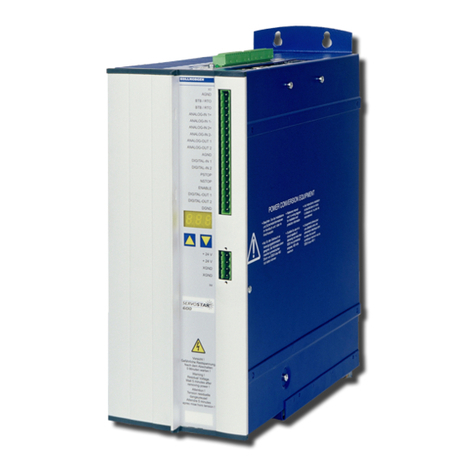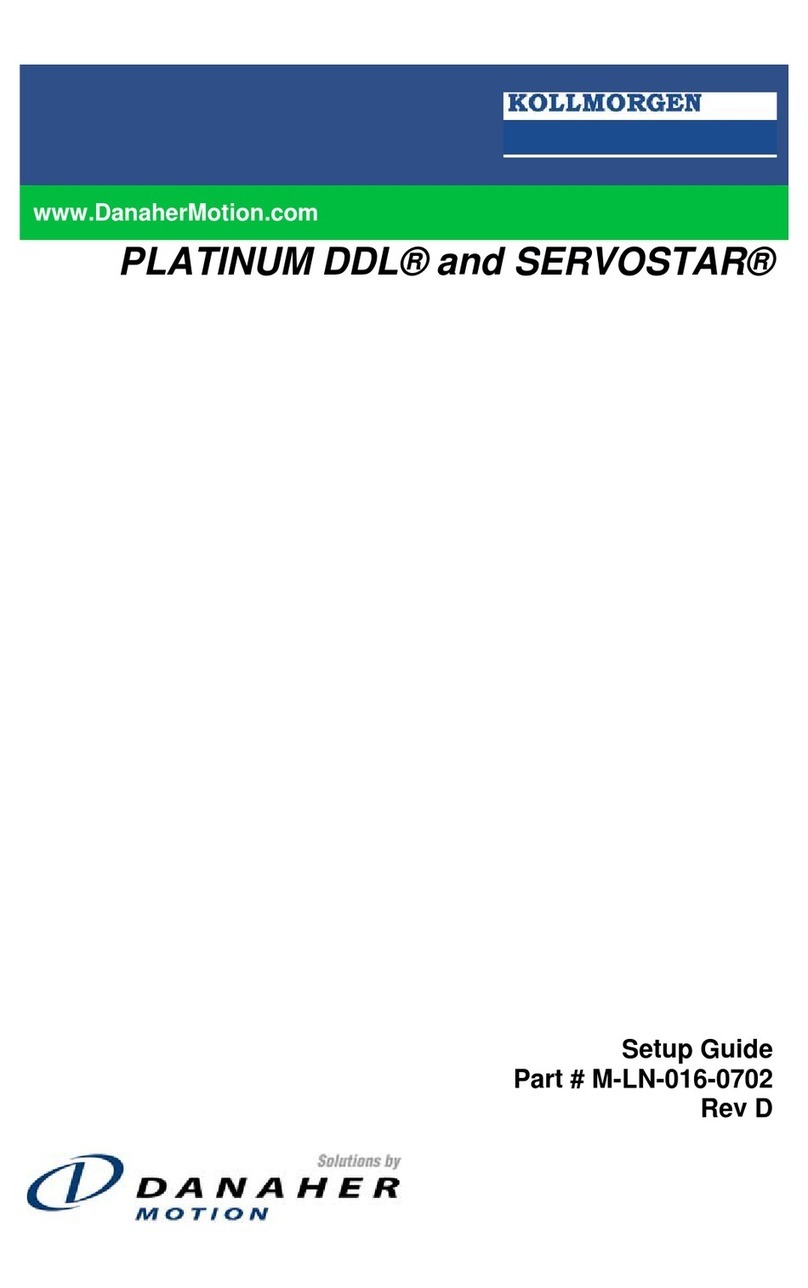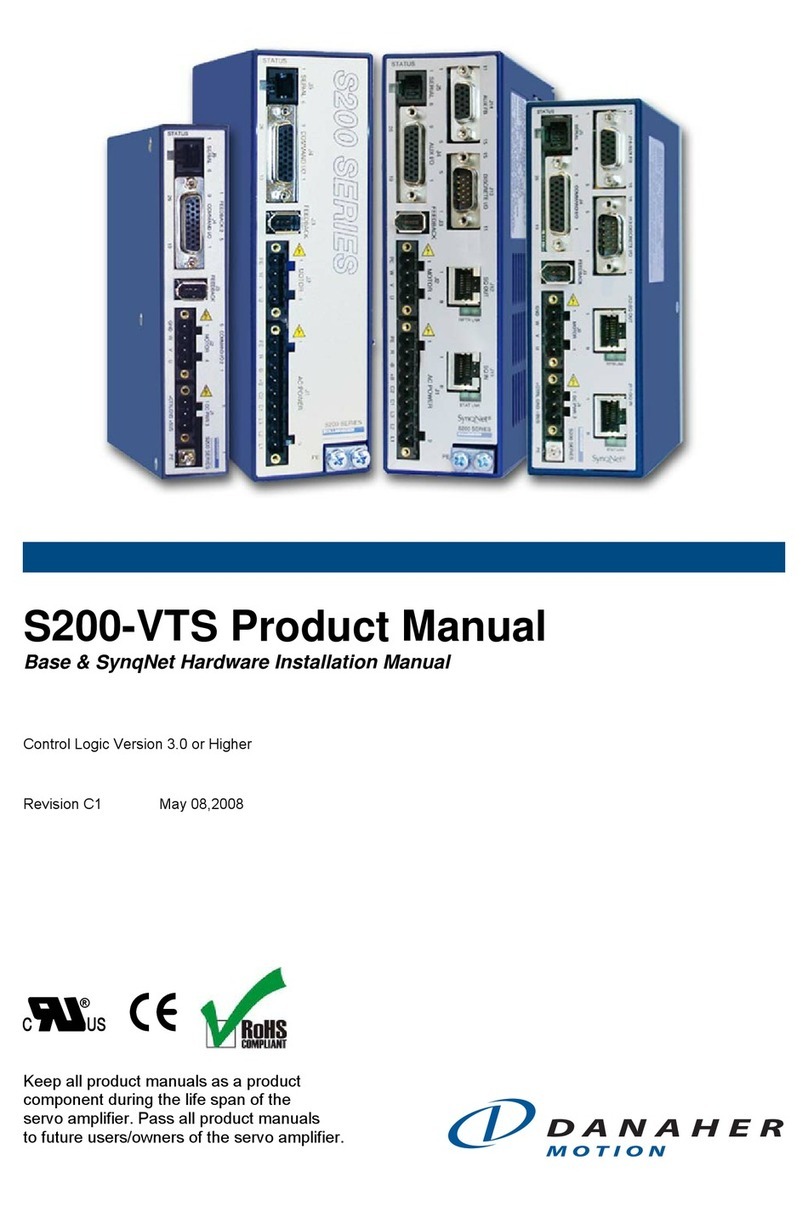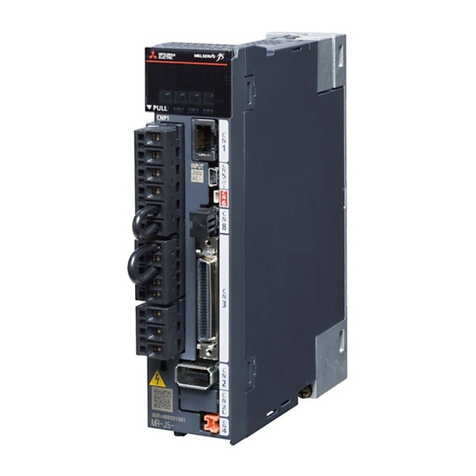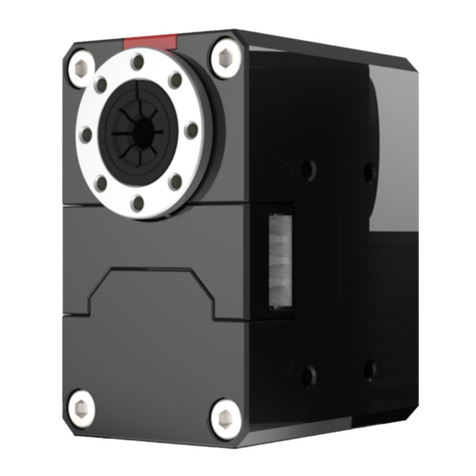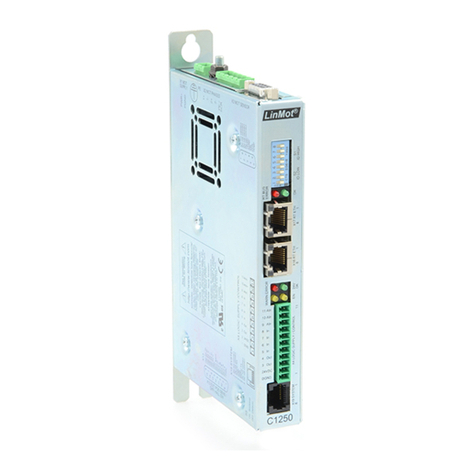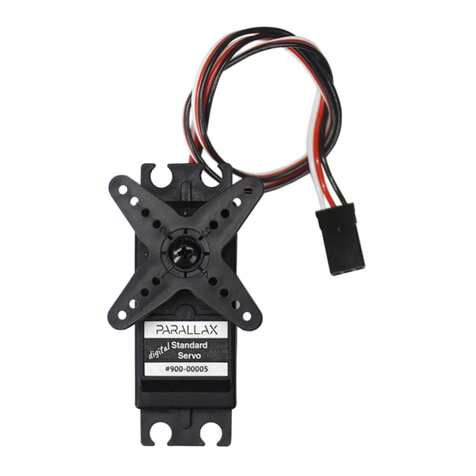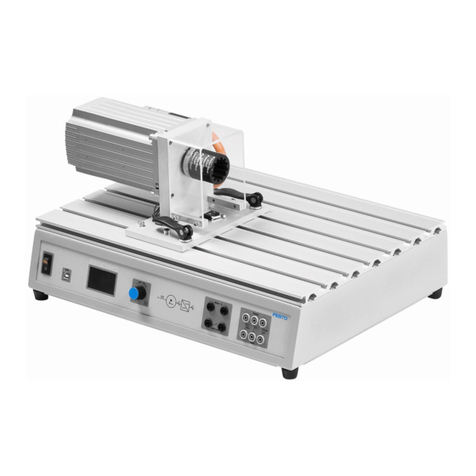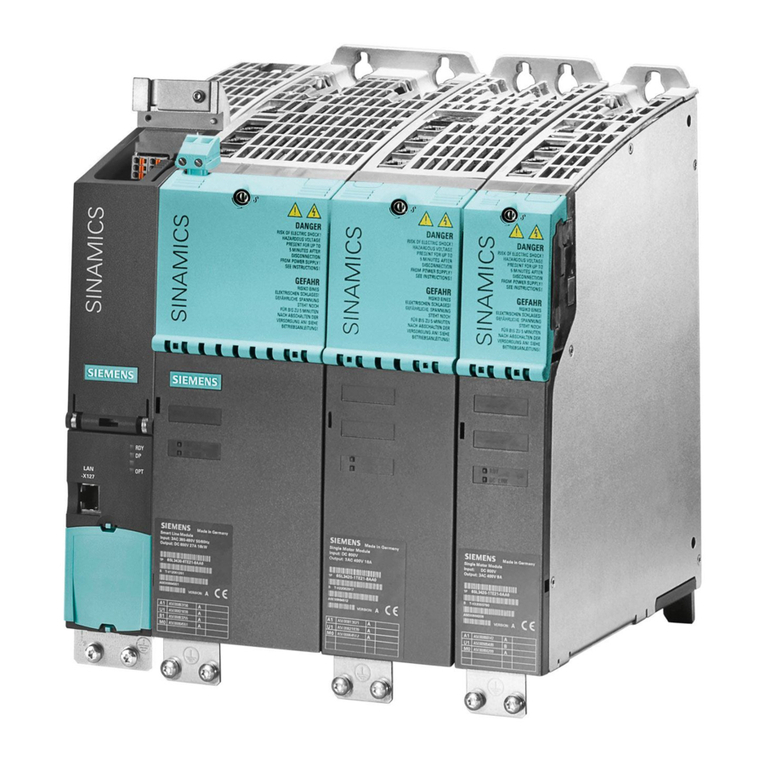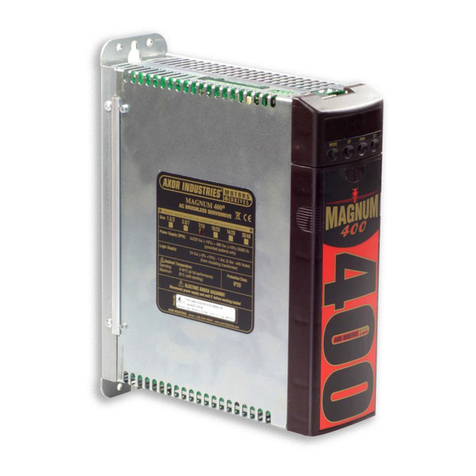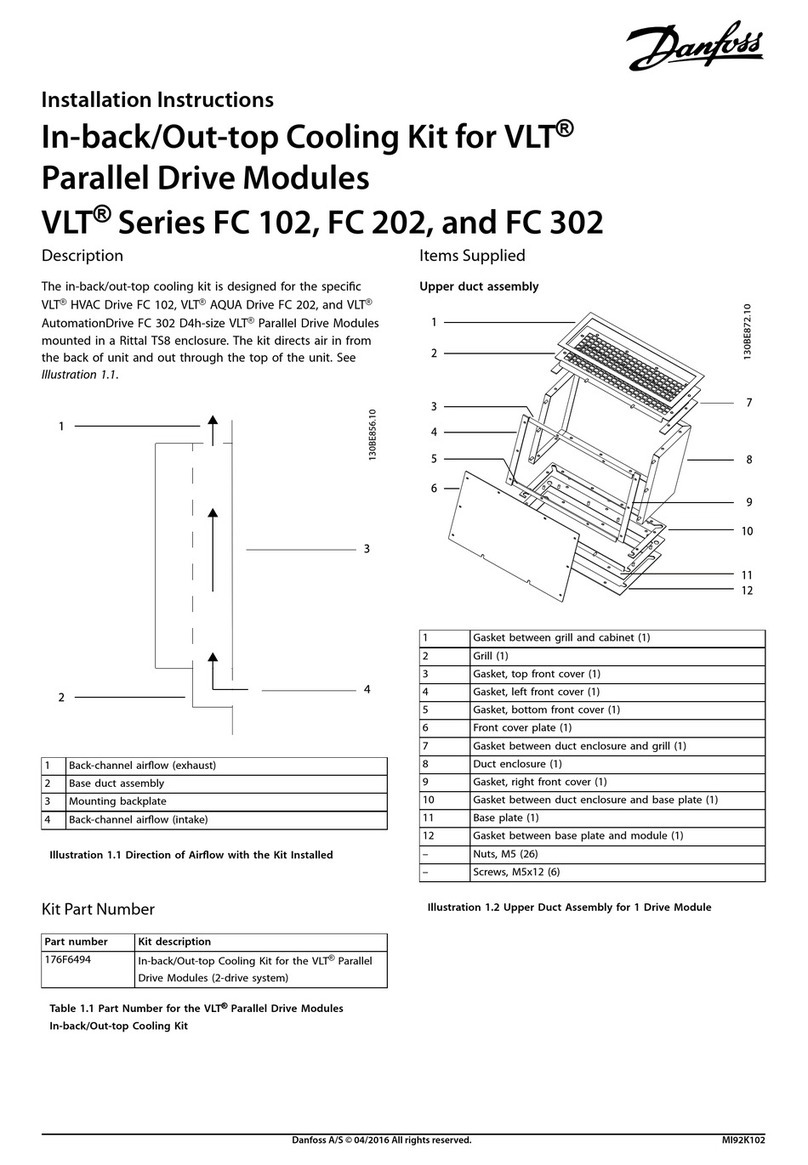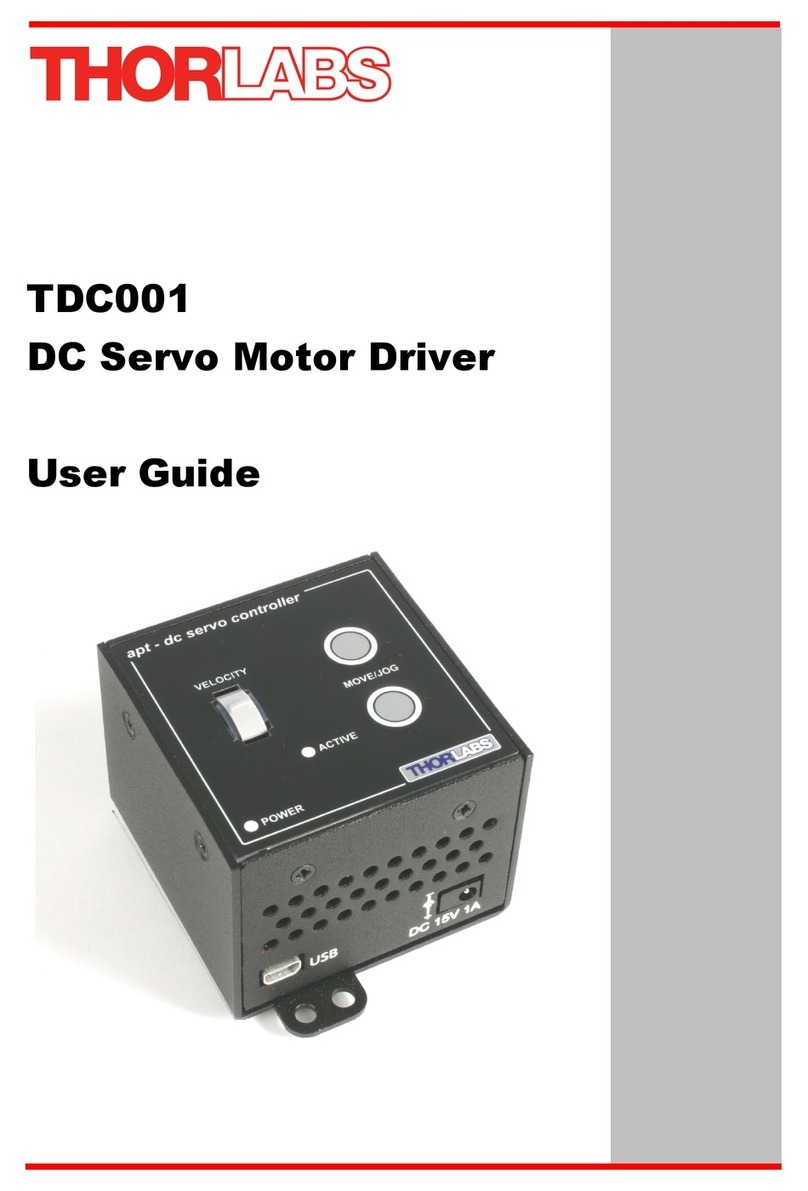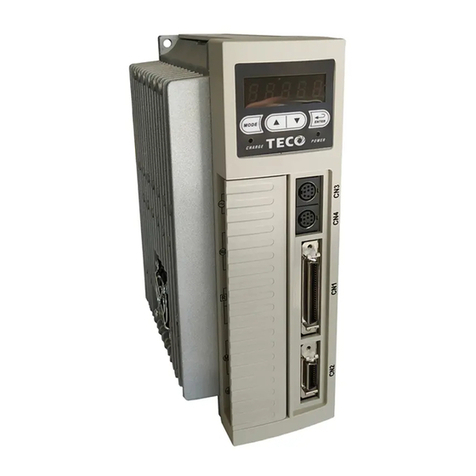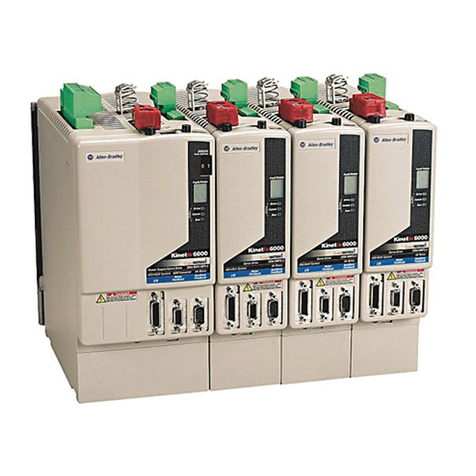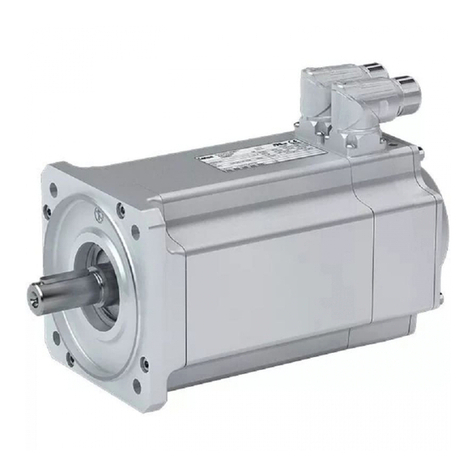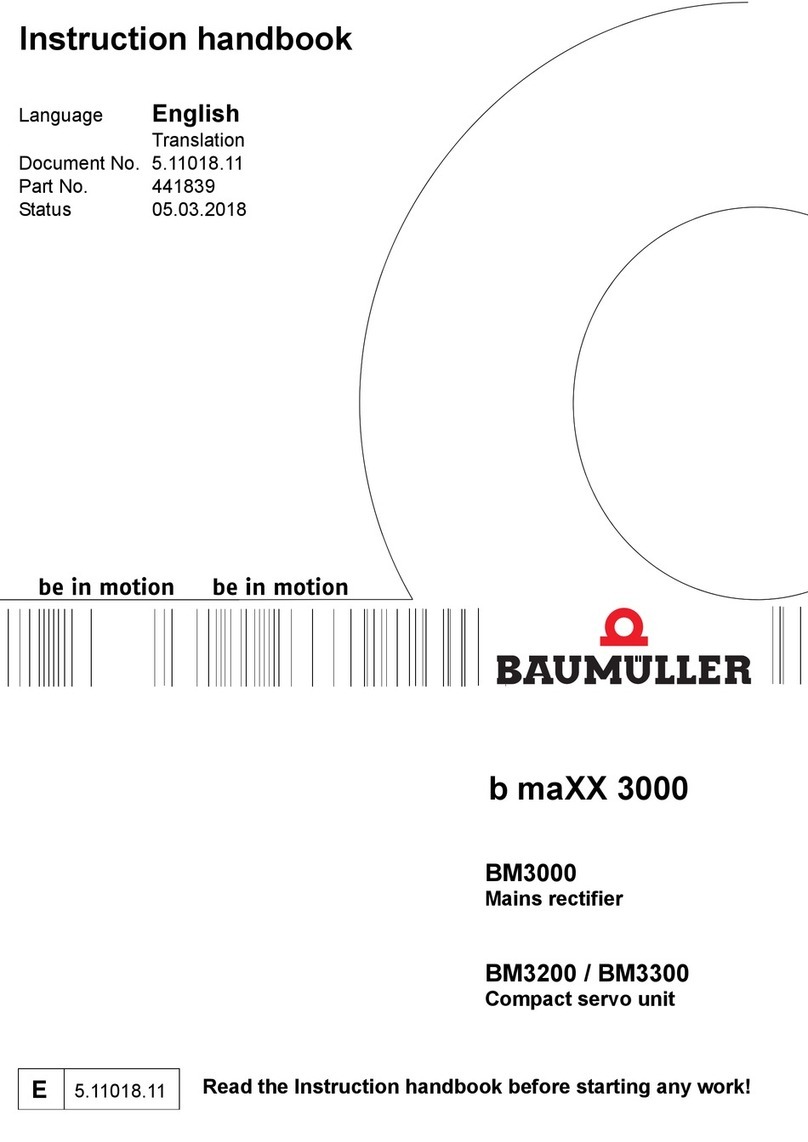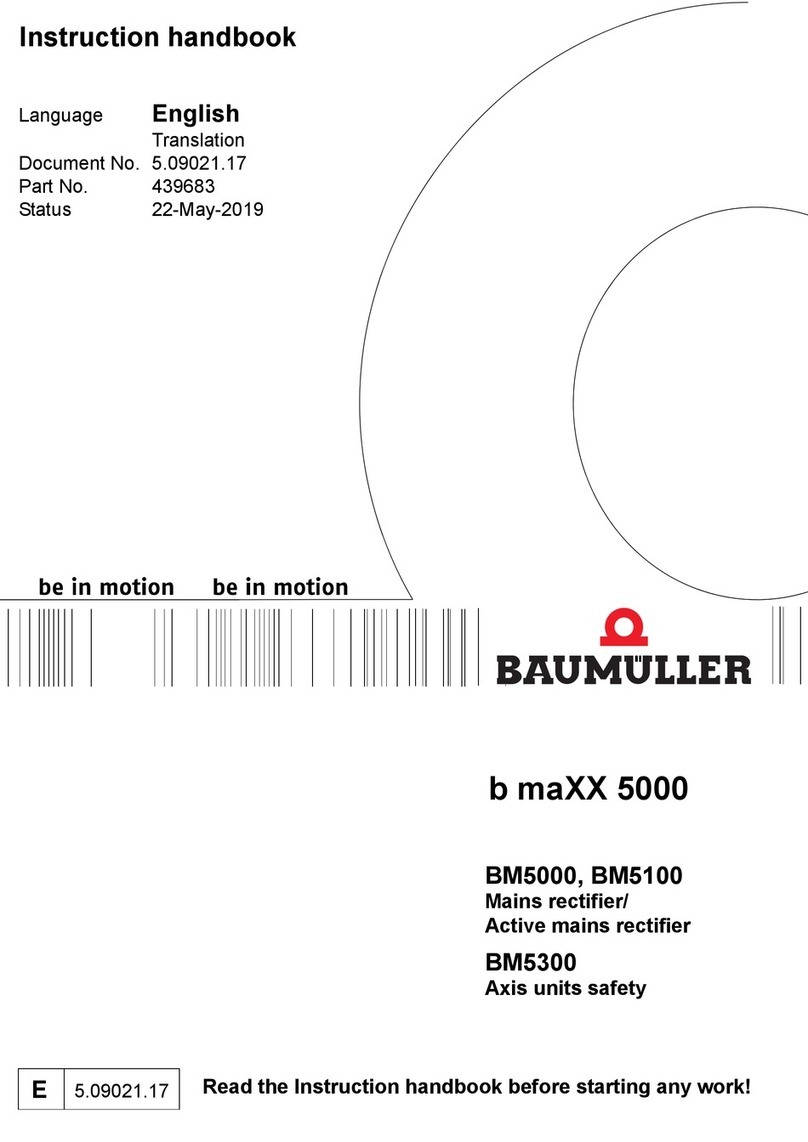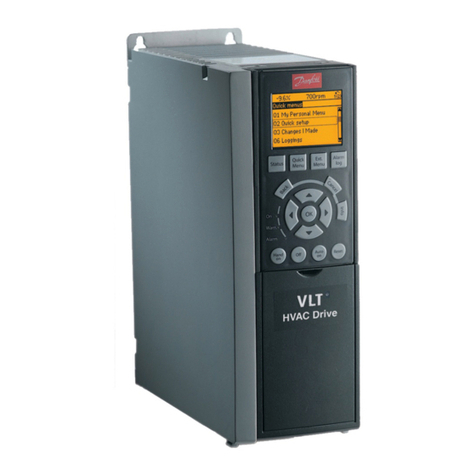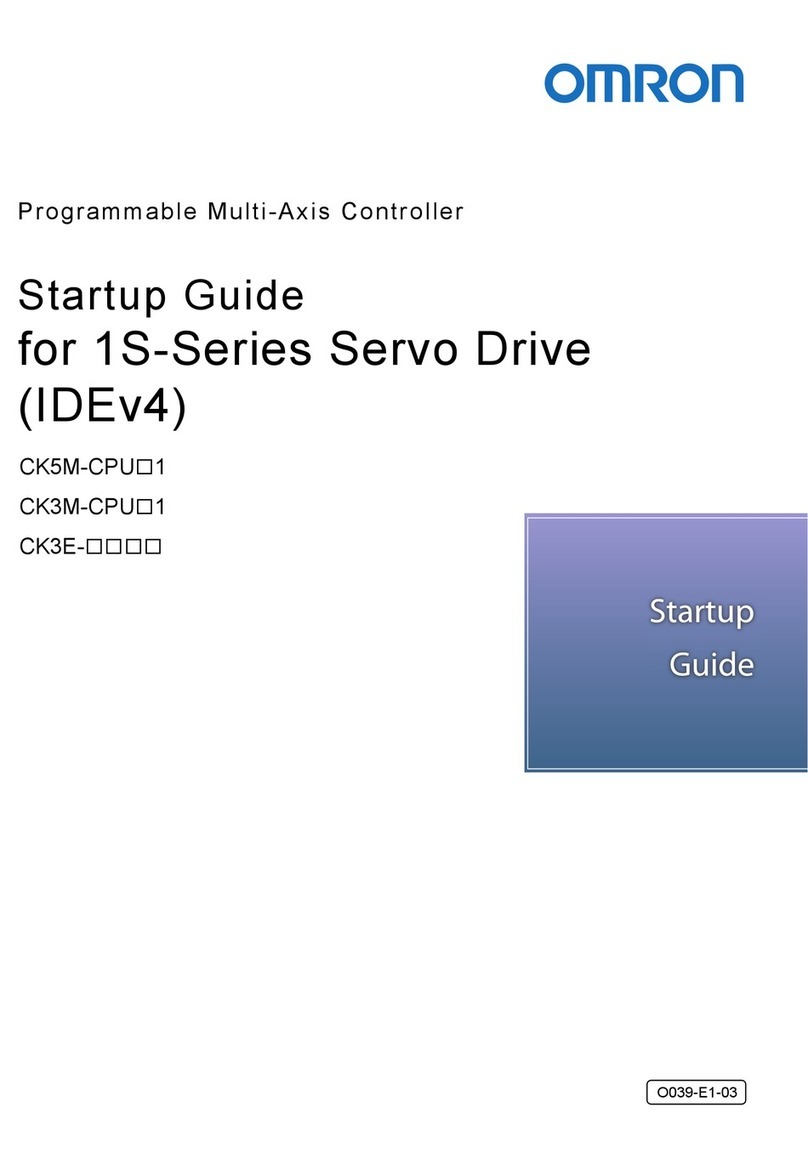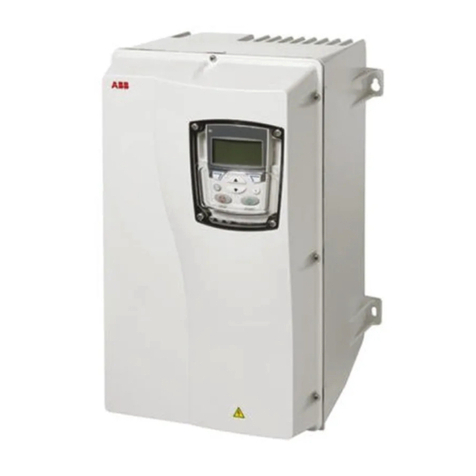
Contents Page
Contents...............................................................................3
Safety Notes...........................................................................4
Important Notes.......................................................................5
Manufacturer Declaration ............................................................6
Motor series DBL/DBK 3
Danaher Motion 05/2001 Contents
I General
I.1 About this manual ........................................................................7
I.2 Prescribed usage ........................................................................7
I.3 Design of the motors......................................................................8
I.4 General technical data ....................................................................8
I.5 Standard features ........................................................................9
I.5.1 Style .............................................................................9
I.5.2 Shaft end, A-side ...................................................................9
I.5.3 Flange............................................................................9
I.5.4 Protection class.....................................................................9
I.5.5 Protective device....................................................................9
I.5.6 Insulation material class .............................................................10
I.5.7 Vibration class.....................................................................10
I.5.8 Connection method.................................................................10
I.5.9 Feedback unit .....................................................................10
I.5.10 Holding brake .....................................................................10
I.6 Options ...............................................................................11
I.7 Selection criteria ........................................................................11
I.7.1 Model number description............................................................12
II Installation / Commissioning
II.1 Important notes .........................................................................13
II.2 Assembly / Wiring .......................................................................14
II.2.1 Connection of the motors ............................................................16
II.2.1.1 Wiring diagram for resolver motors .................................................17
II.2.1.2 Wiring diagram for encoder motors .................................................18
II.3 Commissioning .........................................................................19
III Technical data
III.1 Definitions .............................................................................21
III.2 DBL1 .................................................................................22
III.3 DBL2 .................................................................................26
III.4 DBL3 .................................................................................30
III.5 DBL4 .................................................................................34
III.6 DBL5 .................................................................................38
III.7 DBL6 .................................................................................42
III.8 DBL7 .................................................................................46
III.9 DBL8 .................................................................................50
III.10 DBK4.................................................................................54
III.11 DBK5.................................................................................58
III.12 DBK6.................................................................................62
III.13 DBK7.................................................................................66
IV Appendix
IV.1 Delivery package, transport, storage, maintenance, disposal......................................69
IV.2 Fault-finding ...........................................................................70
IV.3 Index .................................................................................71
